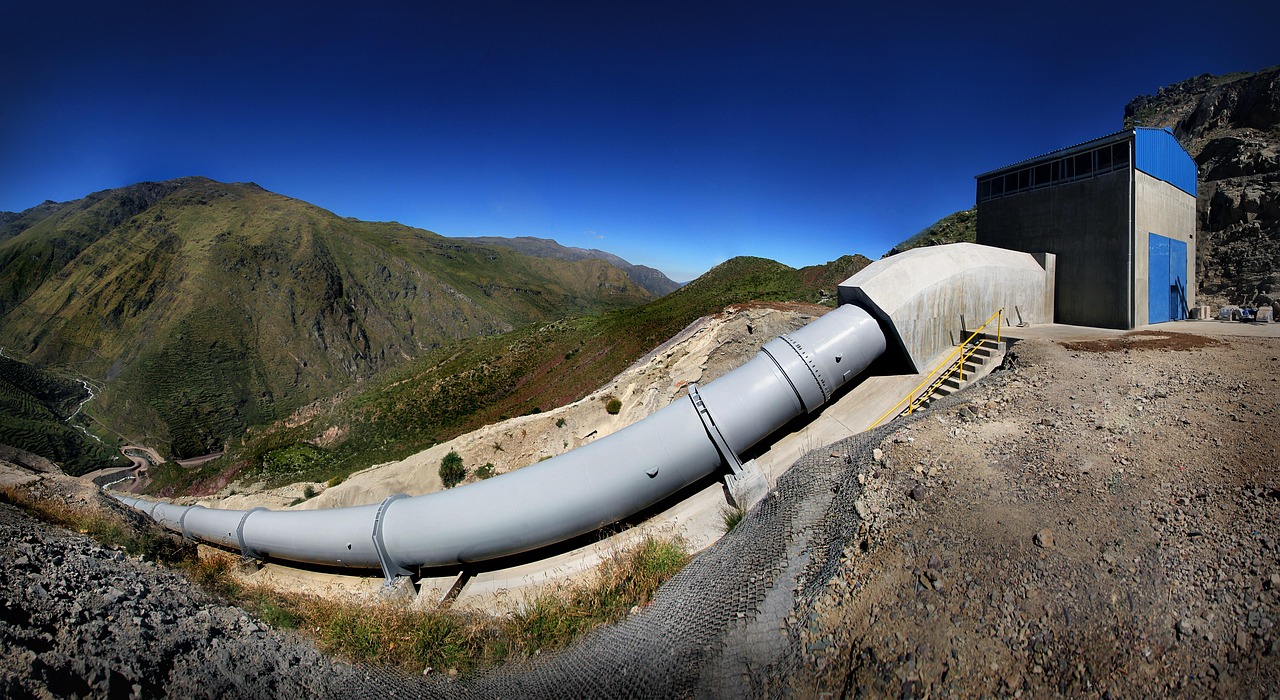Aging infrastructure in industrial environments can certainly present major challenges. The pipelines in these areas get heavy use, must withstand extreme conditions, and often have chemical or environmental exposures that are hard on them. Despite these challenges, with industrial slip lining, facilities have the ability to rehabilitate and repair these pipelines without the disruption and costs of traditional methods.
In this guide, we take a closer look at slip lining and how it’s redefining pipeline maintenance.
What is Industrial Slip Lining?
Slip lining is a trenchless solution. If you’ve heard of CIPP, it falls into this category. Ultimately, it means we take a liner that is coated in epoxy or a similar resin and insert it into the pipeline. That resin cures to create a hard pipe within the pipe.
The technique rehabilitates the existing pipeline by creating a durable new pipe. It effectively reduces waste from pipeline replacement. In addition, industrial sites have far less downtime or disruption thanks to trenchless methods that are much faster.
While traditional methods require full-scale excavation and heavy equipment, this approach eliminates the need entirely.
The Advantages of Industrial Slip Lining Application
As you can imagine, there are significant benefits to using an approach like this. Learn more about the top benefits here:
- Cost Savings: total replacement is expensive for the materials, and costs add up fast with excavation, removal, installation, and labor. Plus, there is the extensive downtime for all of it to happen. Slip lining significantly reduces labor, material, restoration, and downtime costs.
- Minimal Disruption: without excavation, business or operational downtime is kept to a minimum. You still may have some downtime, but it won’t be days or even weeks like traditional methods. Instead, it will likely be a few hours or a couple of days for the most extensive repair needs. Less interruption to workflows means revenues aren’t as heavily impacted.
- Enhance Durability: slip lining effectively rehabilitates the existing pipelines, adding strength and durability in the process. Those liners are made with high-strength materials that are resistant to chemicals, temperatures, corrosion, and more. This means the repair will make the pipeline functional for many decades to come.
- Improve Flow Efficiency: corrosion, cracks, leaks, and other forms of disrepair can be very hard on a pipeline and negatively impact flow rates, too. Slip liners will provide a smooth interior, which will reduce friction and issues and improve flow efficiency.
- Environmental Benefits: thanks to avoiding excavation, you prevent damage to the soil and property as well as carbon emissions. You also reduce waste significantly, and all of these things offer great environmental benefits.
Ideal Applications
Slip lining can be used in just about any type of industrial setting. Since it’s a versatile material, you can apply it in small- and large-diameter systems, as well as with various materials. These are some examples for application:
- Water and stormwater management
- Wastewater systems
- Oil and gas pipelines
- Chemical processing sites
- Power plants
- Manufacturing facilities
This is not an all-inclusive list, but it gives you a good idea of the versatility of the materials.
Consider Industrial Slip Lining for Pipe Repair
Ultimately, slip lining provides a cost-effective, durable, and reliable solution that will last for 50+ years when applied correctly. It’s the best alternative to traditional methods, and it’s no wonder that solutions like these are completely redefining pipe repair and maintenance across the board.
Contact us today to discuss your options!
